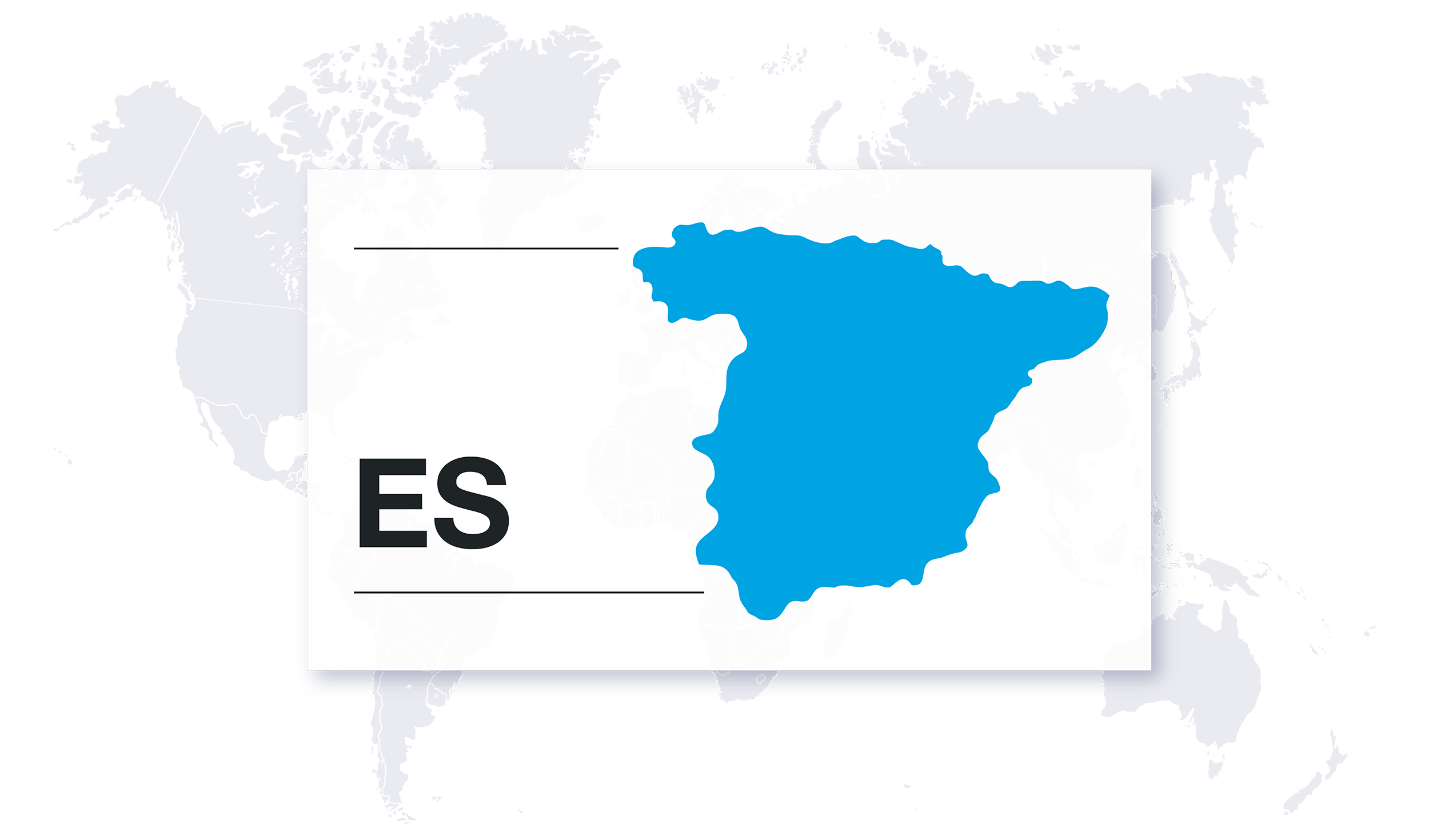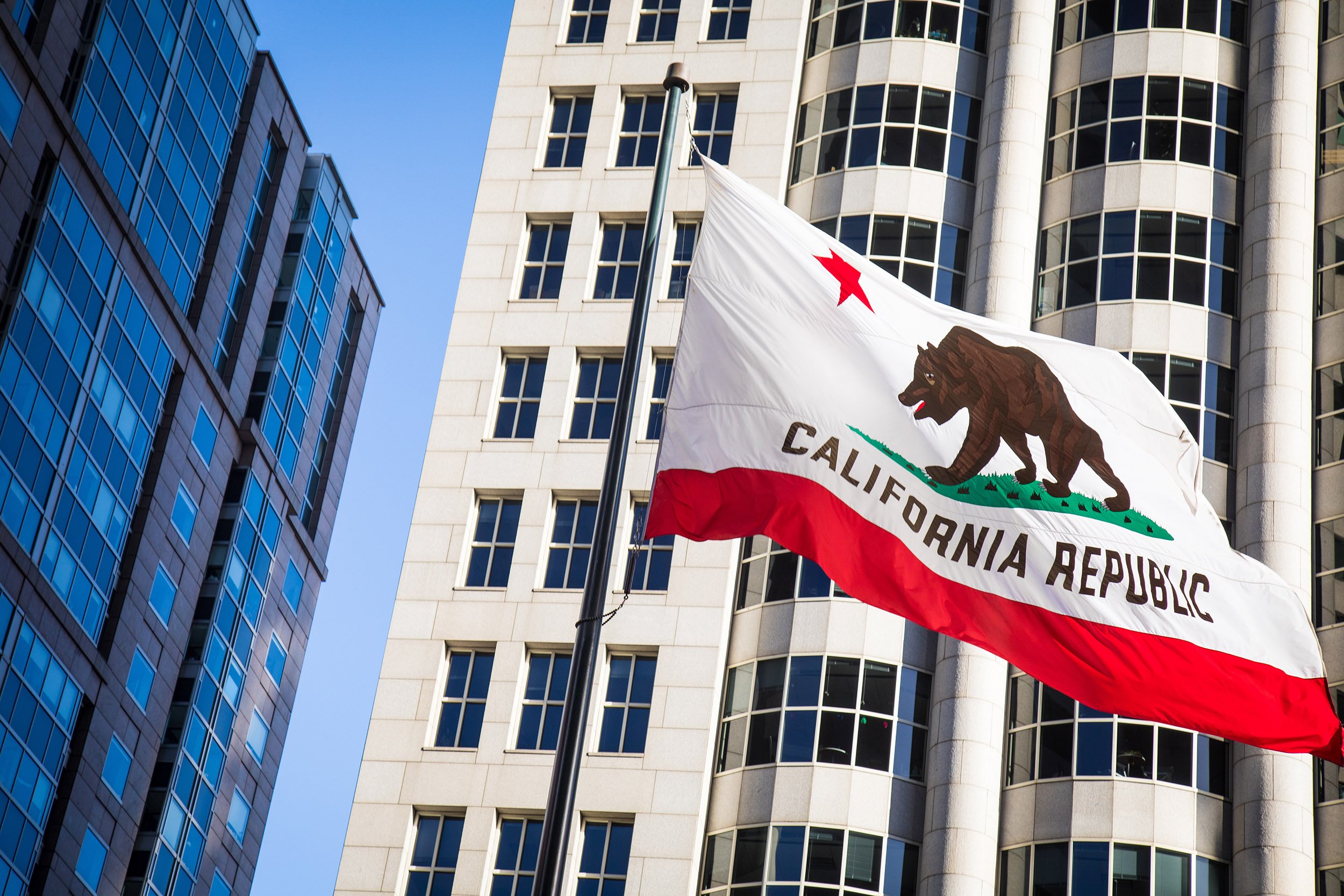
This Friday, April 1, is the deadline to submit California SB 973 pay data reporting snapshots for the 2021 tax year. Will you make the deadline?
Friday is the hard deadline too, as the California Department of Fair Employment and Housing (DFEH) recently made it clear that it would not be issuing any reporting extensions. If you haven’t submitted it to the DFEH yet, be sure you get your snapshots in by Friday.
While the portal will remain open for the remainder of the year, anything submitted after April 1 will be considered late and could result in penalties from the DFEH. The agency issued over 35,000 non-compliance notices for the 2020 reporting year.
The agency is still processing the 2020 filings and will be making the information available to the general public in the coming weeks.
All private employers that file the federal EEO-1 report and have 100 or more employees, with at least one working in California need to comply with California’s SB 973 pay data reporting requirements.
A common misconception is that SB 973 is strictly a California law, but in reality, it can apply to any organization that meets the aforementioned criteria. It only takes one employee working in California to effectuate the pay data reporting obligations for your organization.
So, if the reporting requirements apply to your business, here’s what you should include in your annual, fourth-quarter snapshot:
- Total number of employees listed by sex, race, and ethnicity in executive or senior-level positions and managers, first or mid-level officials and managers, professionals, technicians, sales, administrative support, craft workers, operatives, laborers, and helpers, and service positions.
- The number of employees listed by sex, race, and ethnicity in each of the pay bands used by the U.S. Bureau of Labor of Statistics and the Occupational Employment Statistics Survey.
- The total number of hours worked for each employee in every pay band.
As a reminder, the California SB 973 pay data reporting is based on a payroll period snapshot during the fourth quarter of the previous year. So, for this upcoming April 1, 2022 deadline, employers would need to submit a snapshot of a payroll period during the fourth quarter of 2021.
To prepare for the snapshot, organizations are encouraged to conduct a pay equity audit sometime during the beginning of the year so that they can identify, address, and correct pay disparities throughout the remainder of the year.
This way, once it comes time to select a pay period cycle during the fourth quarter, you know exactly what your compensation data looks like and can file with confidence.
This proactive approach will help ensure the DFEH doesn’t discover illegal pay practices. While penalties regarding SB 973 are still unclear, recent legislation in SB 1162 would give the agency the power to penalize employers up to $200 per employee.
If you need help administering a pay equity audit, filing the annual SB 973 snapshot with DFEH, or anything else relating to pay data reporting, contact us to learn about our different solutions.
To learn more about California’s SB 973 pay data reporting law, download the white paper below.



